Many problems in life and business are analyzed from a strategic perspective through the foundation of game theory, according to the book "The Art of Strategic Thinking".
The book has the English name The Art of Strategy: A Guide to Success in Business and Life, written by two authors Avinash Dixit and Barry Nalebuff, published in 1993. The book briefly introduces game theory and its useful applications in many contexts, from life to business.
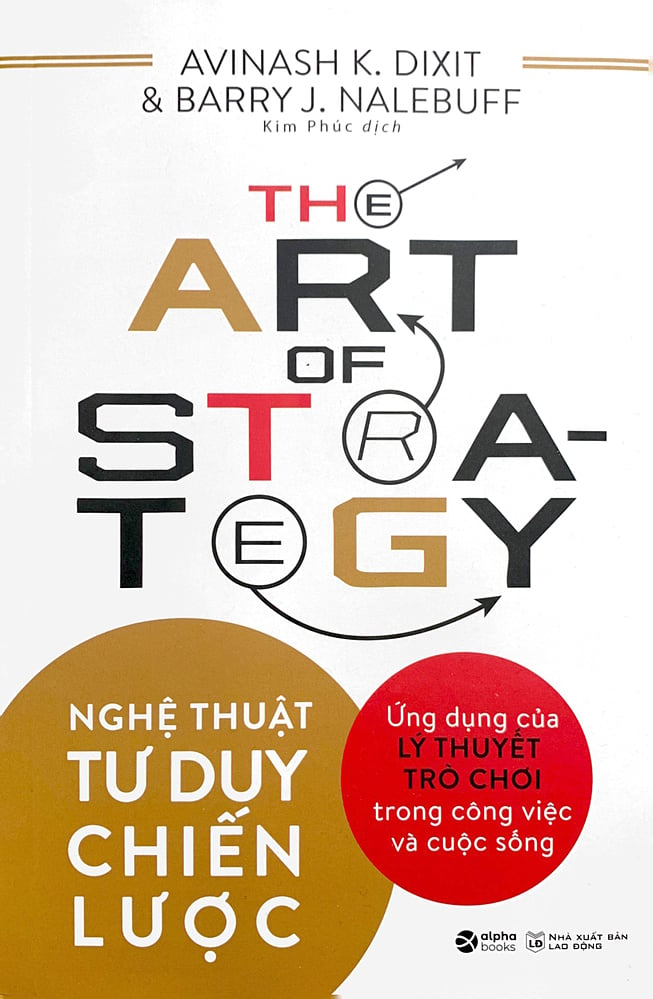
Cover of "The Art of Strategic Thinking". 560-page book, first published by Alpha Books and Lao Dong Publishing House in 2019. Photo: Alpha Books
Since ancient times, strategy has always been a topic of interest to humans. It can be broadly understood as a plan to achieve a goal, which can be in any area of life. A good strategy is usually based on three parts: Understanding yourself internally, grasping the nature of the situation and predicting the actions of opponents or external factors.
The Art of Strategic Thinking examines this topic through the lens of game theory, a 20th-century discipline that studies mathematical models of strategic interactions between actors. The book is full of numbers and calculations, but is generally quite accessible thanks to its use of many real-life situations.
At the beginning of the book, the author cleverly introduces game theory by presenting 10 real situations for readers to have preliminary thoughts. There are interesting cases such as when an athlete scores continuously, the opponent will closely mark him causing his performance to decline. However, his teammates are less hindered and improve their performance. In other words, the excellent results of this athlete are a barrier to his later performance, but benefit the team.
An example is the 1986 World Cup, when the legendary Maradona (Argentina) scored a total of four goals in the quarter-finals and semi-finals. In the final, West Germany tried their best to contain Maradona, preventing him from scoring. However, they conceded three goals to other Argentine players. The value of a star like Maradona cannot be judged solely on his scoring record, and game theory encourages people to look more broadly at the context of the situation.
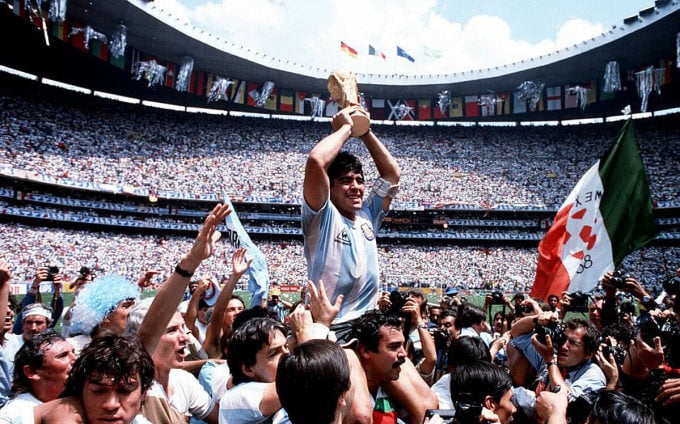
Maradona is carried by teammates and fans after helping Argentina win the 1986 World Cup. Photo: Sports Photography
In the following sections, the book presents the essential ideas of game theory, as well as practical examples. An important skill introduced is backward reasoning, which is to deduce from the desired outcome the previous steps needed to achieve the goal. An important tool in the art of strategy is the decision tree - a diagram of the choices of the participants and their consequences. Backward reasoning and decision trees are two seemingly simple things, but are often overlooked in the decision-making process.
Many real-life situations are humorously portrayed from a game perspective. For example, setting an alarm clock to go for a run is visualized as a battle between two opponents, the evening and morning versions of ourselves. The “determined” version of ourselves at night tries to come up with strategies to defeat the “unresolved” version of ourselves in the morning. When we make New Year’s resolutions, we are the version of ourselves that thinks about long-term goals and wants to improve ourselves. On weekdays, we are the short-term version of ourselves that often succumbs to temptation. So, some strategies are needed for the long-term version to win over the short-term version.

Author of "The Art of Strategic Thinking" Avinash Dixit (left) and Barry Nalebuff. Photo: Mint/ Yale School of Management
In human (or organizational) interactions, promises and threats are also considered strategic moves. The choice or combination of these two methods is customized in negotiations to achieve the best results. For example, a company can promise high bonuses to employees if business targets are met (promises), or threaten to fire them if they are not met (threats), or use both. The book also includes close-up examples, such as how a mother should use tactics to persuade her child to do what she wants, and anticipate the child's responses.
The brinkmanship strategy is widely discussed in books, based on historical and business examples. In this strategy, one side pushes the other side to the brink and hopes that they cannot bear the risk. To do so, the pusher must also move closer to the brink and increase his own risk. The fact that the pusher actually pushes the other side to the brink makes his threat more credible than just talking about it. In the 1962 nuclear crisis, the United States and the Soviet Union escalated their conflict in this way until they realized that the brink (i.e., nuclear war) would be too costly and pulled themselves up.
Game theory offers many explanations for business practices, helping us better understand the nature of buying and selling. Contracts are written (rather than verbal) to give both parties an incentive to complete them, as the cost of breaking the contract is often greater than the cost of completing it. Compensation is often paid in installments, a strategic move to keep both parties motivated throughout the process. Customers often choose to buy products with warranties because they believe they are less likely to break. Instead of just saying “my product is of excellent quality,” the seller offers a warranty to imply that his claim is credible.
Towards the end of the book, the book introduces more specific situations such as auctions, elections, market share struggles or competitions. The difficulty of the situations to describe also increases and requires some calculations to fully understand the author's ideas. Therefore, the work is a bit difficult for readers to read quickly and understand all the knowledge.
The author has repeatedly asserted that real-life situations are often much more complex than when discussing theory. Game theory should be viewed as a foundational tool for people to be more proficient in the decision-making process. In real life, emotions and moral values sometimes make people act differently from the optimal plan in terms of results. This is also a point that strategists must include in their calculations.
To encourage the reader's spirit of inquiry, the author recommends many books on the same topic, such as Theory of Games and Economic Behavior Book (John von Neumann and Oskar Morgenstern), The Strategy of Conflict Book (Thomas Schelling) or Games and Decisions (R. Duncan Luce). In addition, they leave 10 exercises, humorously called "trips to the gym" for readers to practice, which are indispensable in any strategy making.
The book received many compliments, in which Thomas C. Schelling (Nobel Prize in Economics in 2005) commented that the book presented the problem in a new and ingenious way. John Burns of Times Higher Education magazine commented that the book was easy to read, lively and rich in practical situations.
An Nguyen
Source link








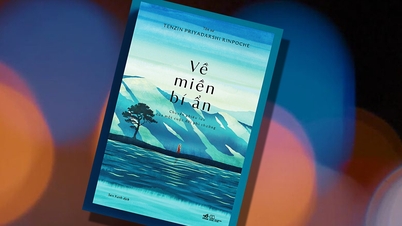

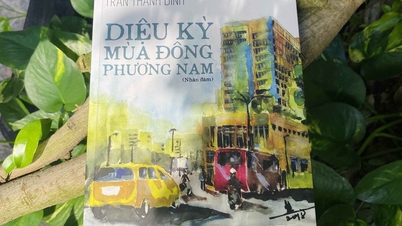



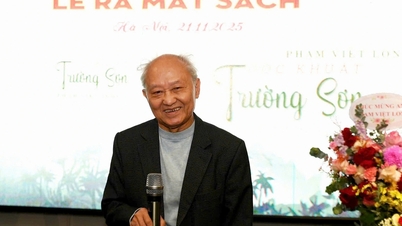




















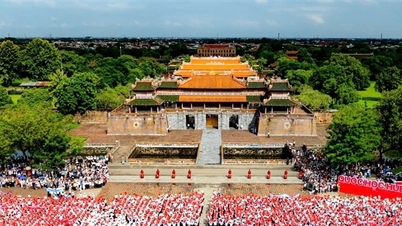



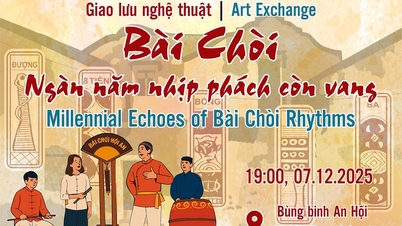







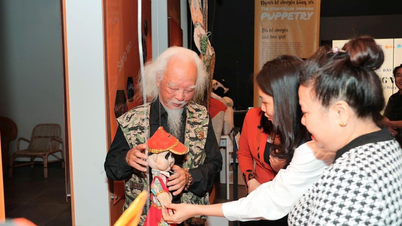





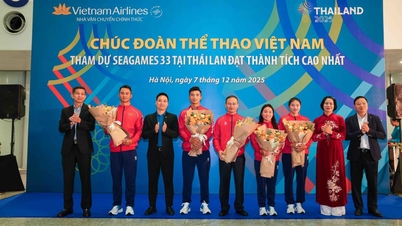


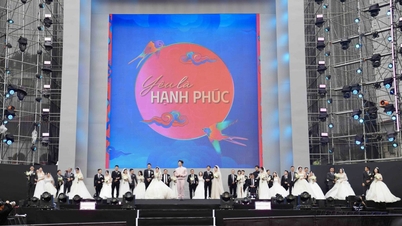

























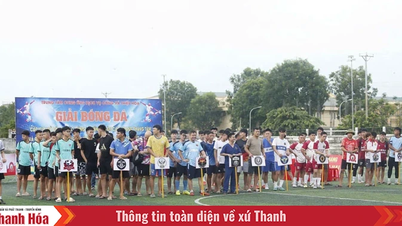







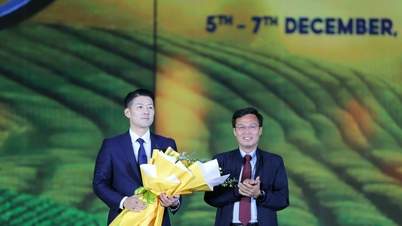


















Comment (0)